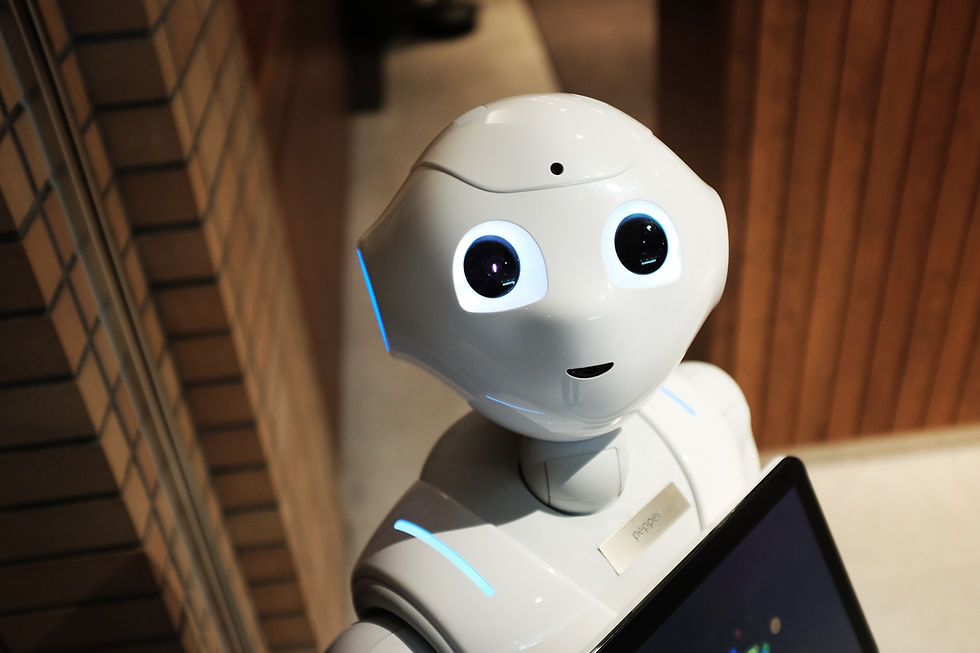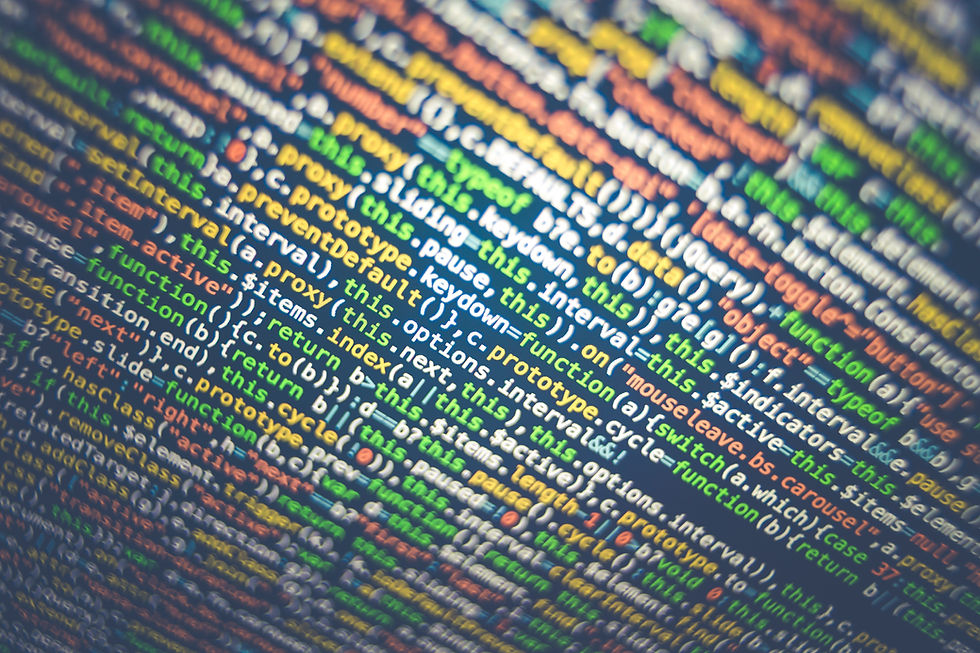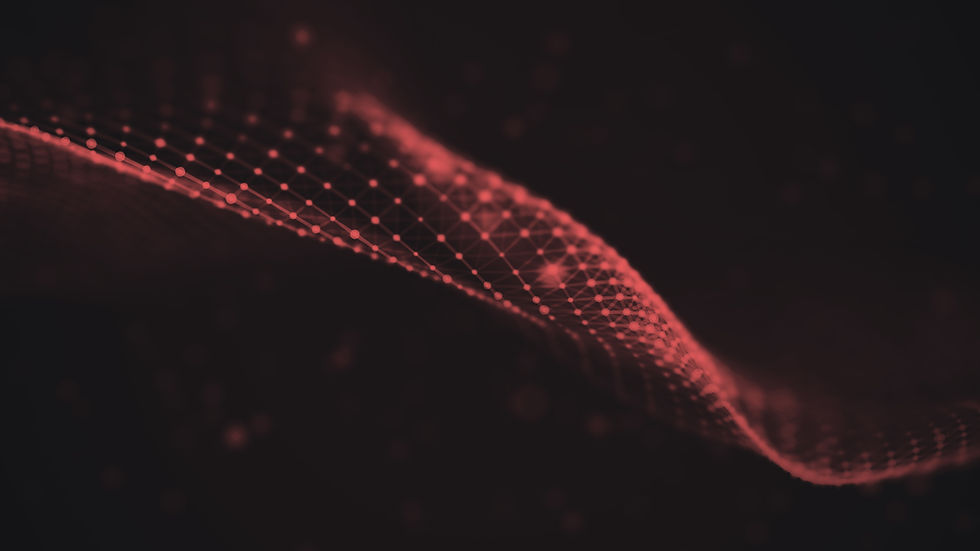How Close Are We to Building a Real-Life Herbie?
- shanidanataraja
- 15 minutes ago
- 2 min read
When writing *Prelude to the Apocalypse*, I wanted to create a world that was deeply rooted in reality, one where technology felt plausible, even inevitable. One of the most exciting aspects of this was designing *Herbie*, Rohan Choudhary’s intelligent, multifunctional household robot. While Herbie is a work of fiction (for now), robotics has advanced to a point where many of his capabilities are already within reach. So, how realistic is Herbie, and what does the future of robotics look like?

Robots have been a part of human imagination for decades, from the humanoid androids of *Blade Runner* to the sentient assistants of *I, Robot*. Boston Dynamics' *Spot* and *Atlas* robots have demonstrated that robots can navigate complex environments with impressive agility. Self-driving cars and AI-powered delivery bots from companies like Tesla and Starship Technologies also highlight how robots are learning to interact with the real world without human intervention.
Tesla's **Optimus**, also known as the **Tesla Bot**, is Elon Musk’s ambitious vision for a humanoid robot designed to perform repetitive and mundane tasks, reducing the need for human labor in potentially dangerous or tedious jobs. Unveiled in 2021, Optimus is intended to be a general-purpose AI-driven assistant, capable of navigating the world with human-like dexterity while leveraging Tesla’s advancements in artificial intelligence, computer vision, and robotics. Standing at approximately 5 feet 8 inches and weighing around 125 pounds, Optimus is powered by the same neural networks that Tesla uses for its self-driving vehicles, enabling it to interpret and respond to real-world environments. Musk has positioned the robot as a solution to labor shortages and an eventual means of transforming global economies by automating repetitive tasks across industries. While still in the early stages of development, Optimus represents a major step toward integrating AI-powered humanoid robots into everyday life, a vision that echoes the technological advancements explored in *Prelude to the Apocalypse*.
Herbie’s ability to move around a home, recognise obstacles, and complete tasks like sweeping floors or fetching objects would require a combination of these technologies, something that is actively being developed today. The next decade will likely bring major advancements in robotics. With continued breakthroughs in AI, automation, and battery efficiency, household robots may become as commonplace as smartphones.
Will we have a real-life Herbie anytime soon? Not *exactly*. But a simplified version, capable of cleaning, organizing, and assisting with daily tasks, may not be far off. And who knows? With the rapid pace of AI development, a robot that learns, adapts, and even forms connections with humans may one day be a reality.
For now, Herbie remains a glimpse into the future, one that is closer than we think.




Commentaires